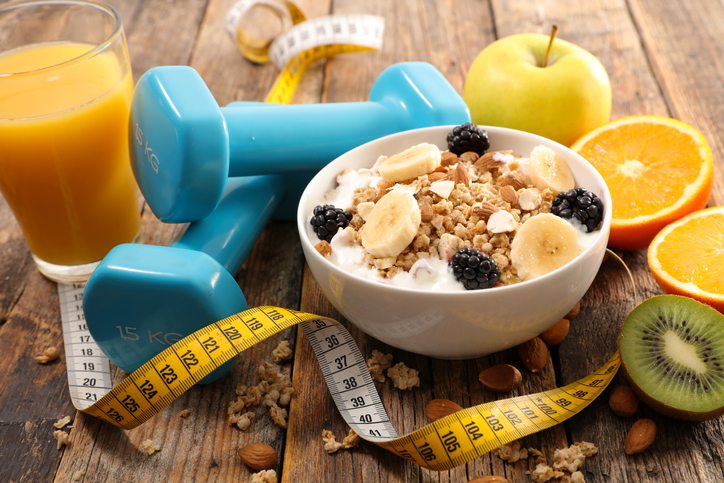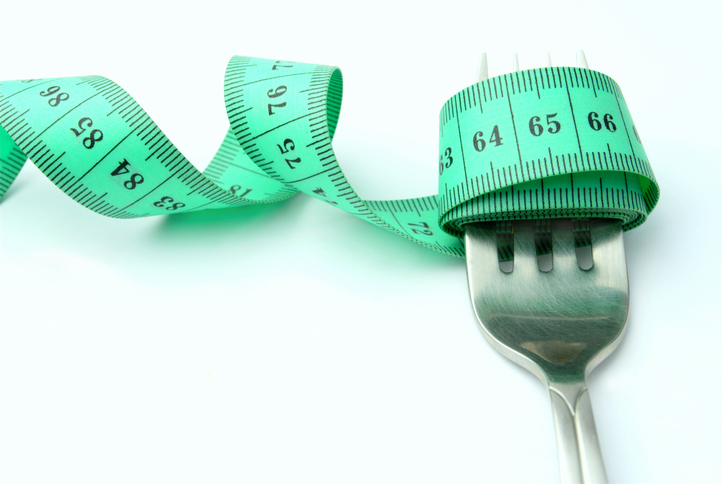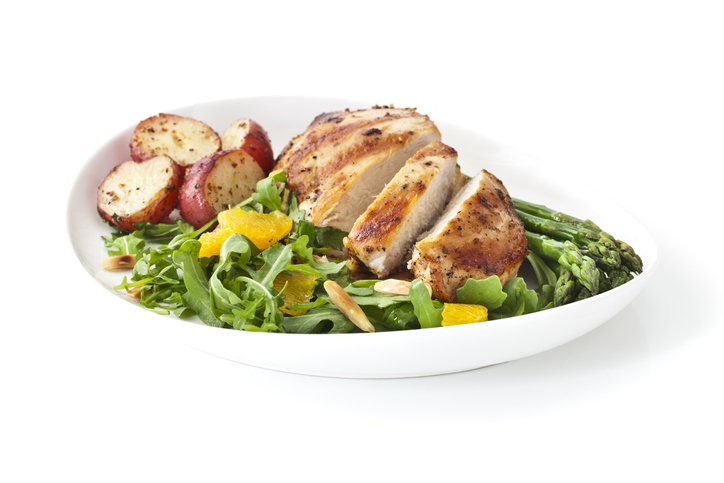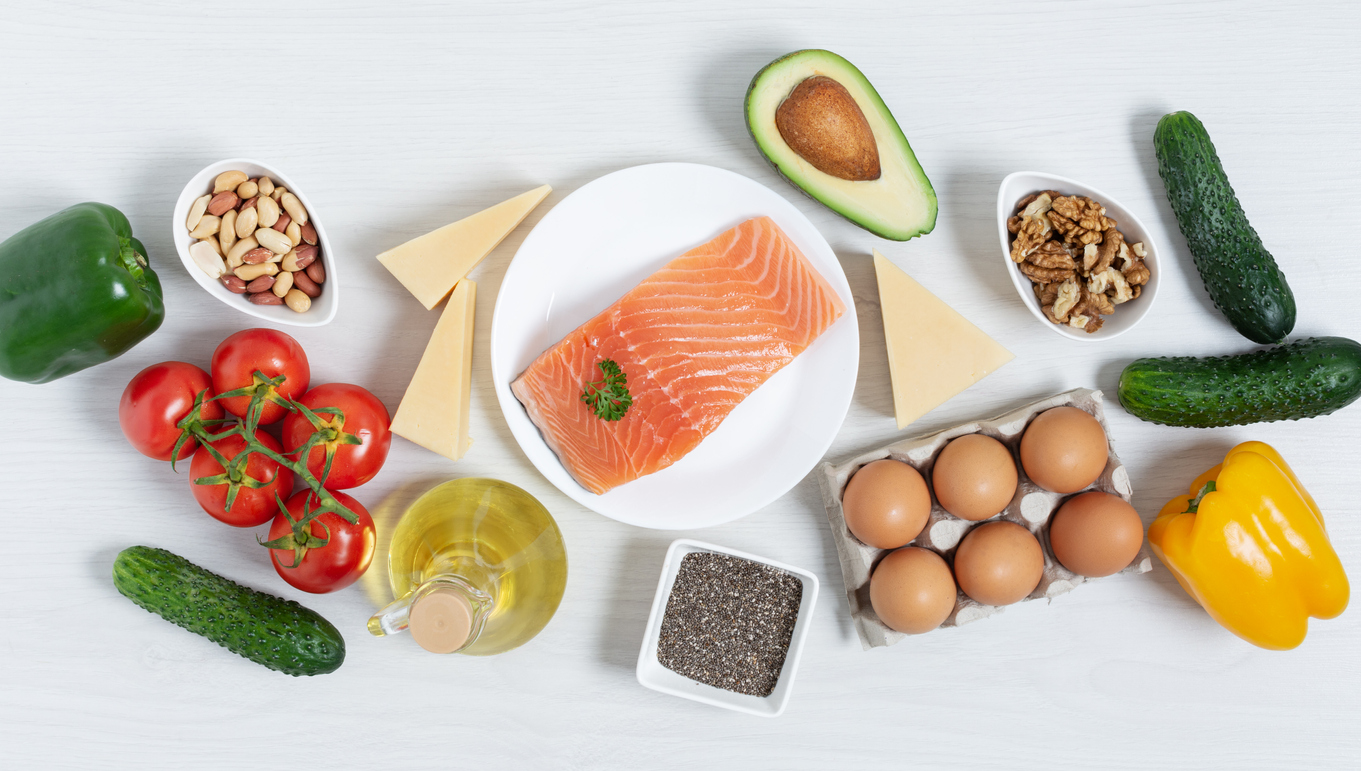Wellness
Setting Weight Loss Goals: The SMART Goal Checklist
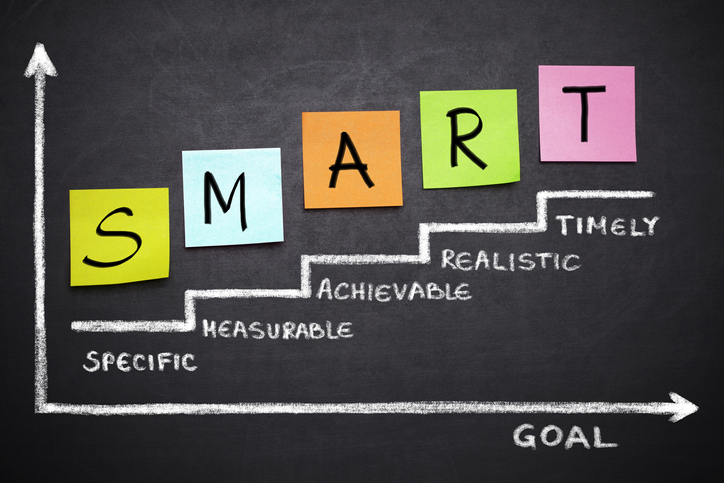
Setting goals is an important part of a successful weight loss plan. Not only should people have a clear goal in mind regarding the desired end result (outcome goal), but they should also have a solid plan of how to achieve that result (process goal). An example of an outcome goal is losing 15 pounds; an example of a process goal is to limit sugar intake to under 10 grams a day. A goal-oriented plan for both outcome and process goals provides motivation and focus. A good plan to follow is the SMART goal checklist.
What is the SMART goal checklist?
The SMART goal checklist is an effective tool for setting weight-loss goals.
Specific
A specific goal includes what the goal is, how much time will be spent achieving the goal, and when the process to reach the goal will be done. For example, losing 10 pounds by walking for 30 minutes every day after work at 6:00 p.m. is a specific goal.
Measurable
If a goal can be measured, it is easier to determine if the goal is achieved. For example, eating less sugar cannot be accurately measured; however, eating less than 10 grams of sugar a day can be measured.
Attainable
An attainable goal is one that an individual can realistically achieve with their time and resources in mind. For example, if walking to work is not possible, walking during a break from work may be an attainable goal.
Relevant
Setting goals that are relevant and significant in an individual’s life helps maintain motivation. For example, losing weight to improve flexibility, endurance and reduce pain in the lower back is a relevant goal. It is important to focus on a goal that is important to oneself, not anybody else.
Time-limited
A goal deadline increases motivation to reach the finish line. For example, starting a program on a certain date and completing the program in three months is a time-limited goal.

